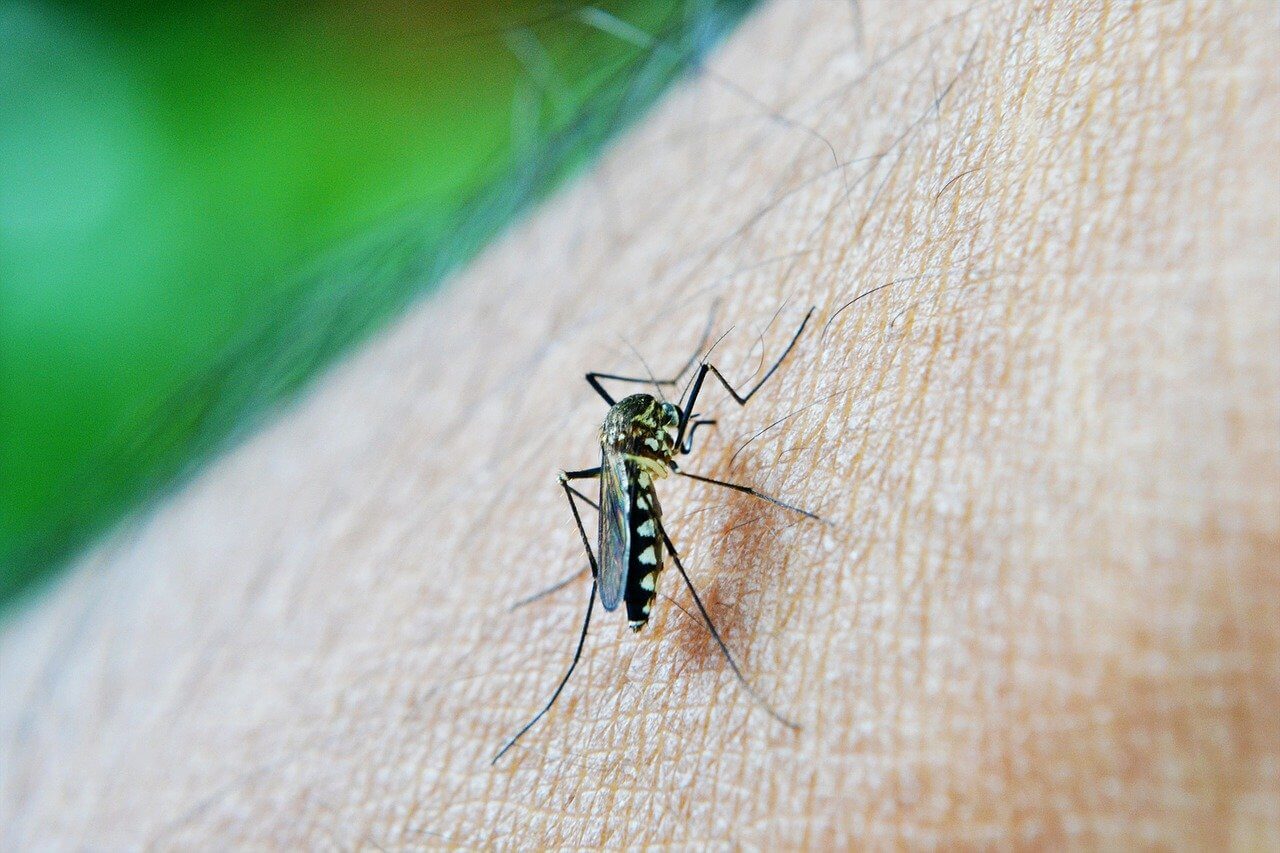
Sterilization of physical objects to get rid of bacteria and viruses
We have seen people sterilize surfaces and clothes to disinfect them from any traces of viruses. When people go public, masks (homemade or industrially produced) or other protective clothing are often worn. Masks and other protective clothing should be treated as infected with viruses when returning to isolation. After their use, how should masks, clothes, and other things be treated? Hot temperatures in general are best suited to destroying germs, but that doesn't mean that you can start heat-sterilizing anything. It is not practical or necessary. To get rid of bacteria and viruses, it is important to wash your clothes, masks and heat your food and water, but at what temperatures are the viruses and bacteria destroyed?
Sterilizing clothes and surfaces
If you have dirty clothes or materials that need to be disinfected, washing at a high temperature (140 ° F) is recommended by the UK National Health Service (NHS) along with a bleach-containing product that will optimize the impact of the disinfectant. That's just for high-risk clothes, like when you're ill. It is the drying that counts for daily clothes. That's because a tumble dryer's heat varies from 135 to 150 ° F, and although a washing machine provides moist places for the spread of bacteria and fungi, the dryer does not. The same is true of washing dishes: during a manual hand-wash, it's doubtful you'll get the water hot enough to kill bacteria on dishes properly. However, to sterilize the dishes inside, an automatic dishwasher is normally hot enough. Food safety recommendations recommend washing with detergent at 113 ° F or higher, rinsing, and sanitizing with a solution that can be a chemical sanitizing solution or clean water of 171° F or higher if you wash your dishes by hand.
Disinfecting Food and water
Temperatures of 140 ° F to 150 ° F are recommended to destroy most viruses, by WHO, and boiling water keeps it safe from pathogens such as bacteria, viruses, and protozoa. Most bacteria live at temperatures of 40 ° F to 140 ° F, or what is referred to as the 'risk zone' by the United States Department of Agriculture (USDA). This is when bacteria grow, and every 20 minutes they multiply by two. Make sure the food is not left outside the refrigerator for longer than two hours to prevent this. According to the Health Department of New York, Heating food disrupts the structure of germs, making them unable to function. Heat destroys most bacteria and viruses. Food that is reheated must be heated to at least 165oF, like leftovers, and must be properly preserved within two hours of cooking by putting it in a small container in the refrigerator to allow for optimum cooling and prevent the growth of bacteria.
Freezing temperatures do not kill germs, but once they are thawed, it makes them inactive. That freezing food destroys bacteria is a common misconception. While it slows down the bacteria and makes them inactive, when it is brought back to room temperature, the bacteria can begin to multiply again.
In general, coronaviruses live at higher temperatures and higher humidity for shorter periods than in cooler or dryer conditions. We do not, however, have direct data for this virus, nor do we have direct data for a temperature-based cut-off at this stage for inactivation. The temperature required will also be dependent on surface materials, the environment, etc.









